When exploring the dynamics of the trucking industry, one critical aspect that demands attention is the weight of a semi-trailer combination. Transporting goods efficiently hinges on understanding how much a semi with trailer weighs, as this knowledge is pivotal for compliance with legal weight regulations, ensuring safety on the road, and optimizing vehicles for fuel efficiency.
Table of Contents
- The Basics of Semi-Trailer Weights
- Factors Influencing the Weight of a Semi-Trailer
- Typical Weights of Various Semi-Trailer Combinations
- Legal Weight Regulations in the United States
- Why Knowing the Weight is Important
- Tips for Weighing Your Semi-Trailer Accurately
- Conclusion: Making Informed Decisions
The Basics of Semi-Trailer Weights
Understanding semi-trailer weights involves recognizing the components of the vehicle. A semi-truck, or articulated lorry, consists of a tractor unit and one or more trailers. The tractor unit’s weight typically ranges from 15,000 to 25,000 pounds (6,800 kg to 11,300 kg). When coupled with a trailer, the total weight can soar significantly. A standard semi-trailer can weigh anywhere from 20,000 to 35,000 pounds (9,000 kg to 15,900 kg) without any cargo.
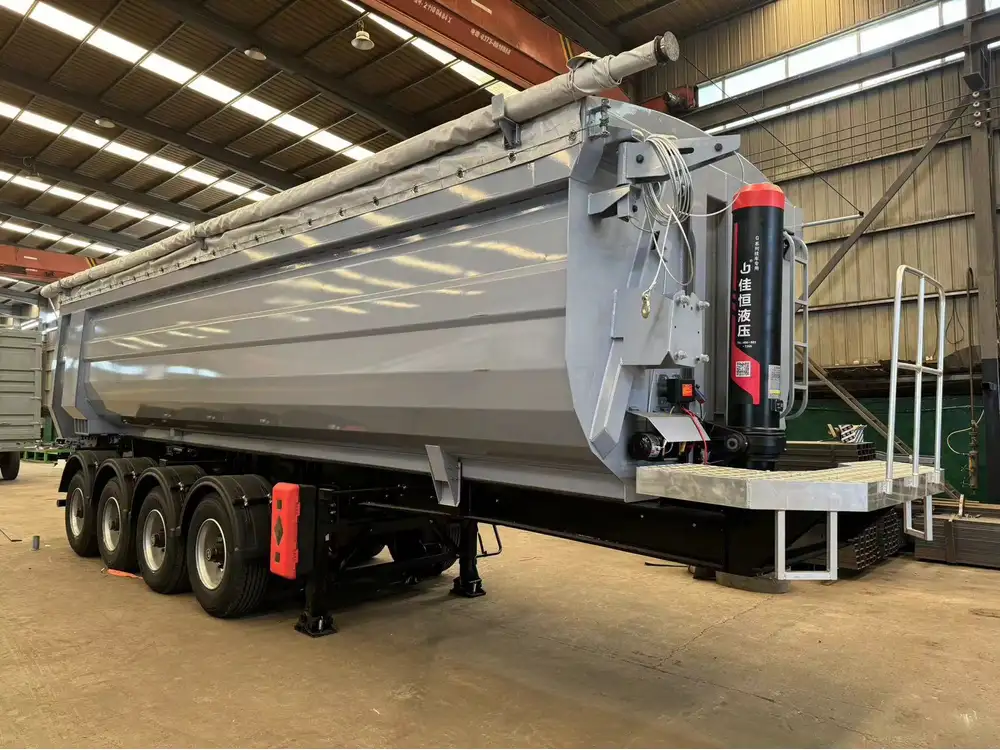
Weight Breakdown
| Component | Range (lbs) | Range (kg) |
|---|---|---|
| Tractor Unit | 15,000 – 25,000 | 6,800 – 11,300 |
| Empty Semi-Trailer | 20,000 – 35,000 | 9,000 – 15,900 |
| Total (Tractor + Trailer) | 35,000 – 60,000 | 15,900 – 27,200 |
Factors Influencing the Weight of a Semi-Trailer
Various factors influence the overall weight of a semi-trailer combination, including:
1. Trailer Type
Different types of trailers serve specific purposes, and their designs influence their weight:
- Flatbed Trailers: Typically lighter but no sides for cargo containment.
- Enclosed Trailers: Heavier due to additional materials for walls and roofs.
- Reefer Trailers: Heaviest due to refrigeration units.
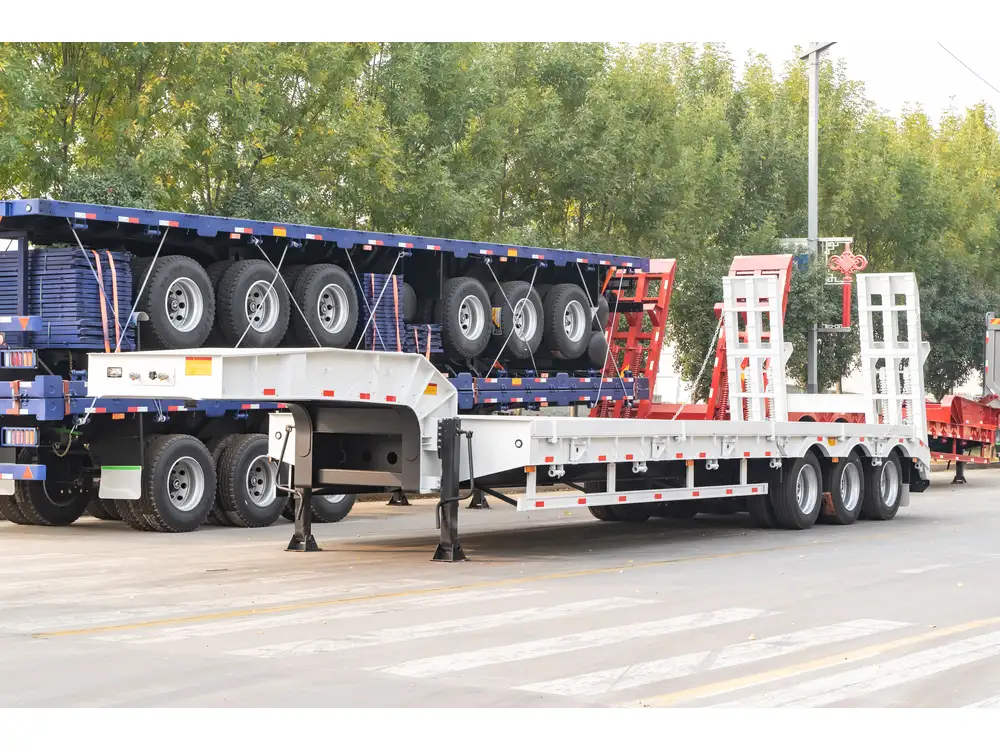
2. Cargo Type
The weight of the cargo being carried dramatically affects the total weight. Common cargo types include:
- General Freight: Varying weights.
- Liquid Cargo: Heavier due to density, requiring specialized tanker trailers.
- Bulk Loads: Such as grain or construction materials can significantly increase weight.
3. Trailer Configuration
The configuration of axles and suspension systems impacts weight distribution and overall trailer weight.
- Single Axle: Usually lighter but offers less stability.
- Dual Axle: Slightly heavier but provides better weight distribution.
4. Materials Used
The construction materials of the trailer also determine its overall weight. Aluminum trailers tend to weigh less compared to steel trailers while offering similar strength and durability.

Typical Weights of Various Semi-Trailer Combinations
To provide a clearer picture, here’s a look at several common combinations found on the road today:
| Trailer Type | Weight (lbs) | Weight (kg) |
|---|---|---|
| Flatbed with Cargo | 46,000 – 80,000 | 20,900 – 36,300 |
| Enclosed Trailer with Cargo | 50,000 – 84,000 | 22,700 – 38,100 |
| Reefer with Cargo | 55,000 – 80,000 | 24,900 – 36,300 |
| Tanker Trailer with Liquid Cargo | 65,000 – 80,000 | 29,500 – 36,300 |
Legal Weight Regulations in the United States
In the United States, the Federal Motor Carrier Safety Administration (FMCSA) regulates commercial vehicle weights primarily to ensure road safety and regulatory compliance. Here are the critical regulations:
- Gross Vehicle Weight Rating (GVWR): The maximum weight a vehicle can safely carry, including its own weight. Typically, this is around 80,000 pounds (36,287 kg) for a combination of semis and trailers on interstate highways.
- Bridge Weight Limits: This regulation ensures that the weight distributed along the axles does not exceed specific limits to protect road infrastructure. The bridge formula equation calculates maximum allowable weights based on axle configuration.
Overview of Weight Regulations
| Weight Type | Max Weight (lbs) | Max Weight (kg) |
|---|---|---|
| Gross Combined Weight Rating (GCWR) | 80,000 | 36,287 |
| Maximum per axle (single) | 20,000 | 9,072 |
| Maximum per axle (tandem) | 34,000 | 15,422 |
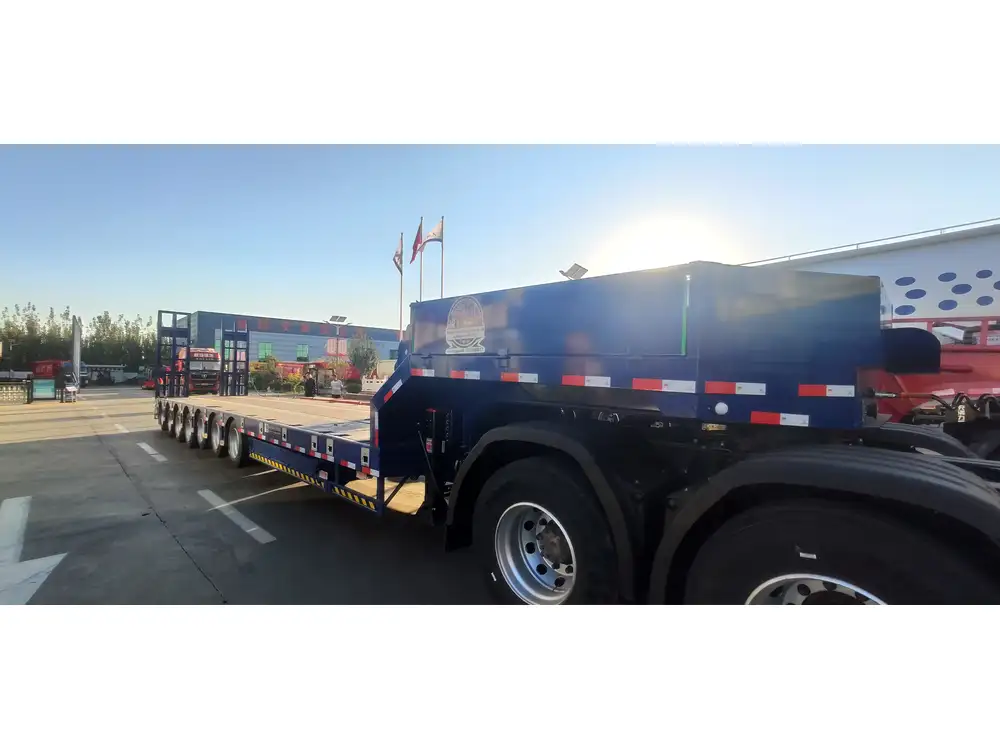
Why Knowing the Weight is Important
Understanding the weight of a semi with a trailer is not merely academic; it holds practical significance for various reasons:
1. Legal Compliance
Non-compliance with weight regulations can lead to fines, penalties, and even vehicle confiscation. Knowing your weights helps to avoid these costly occurrences.
2. Safety on the Road
Overloaded trucks can exacerbate braking distances, decrease stability, and increase the likelihood of accidents. Proper weight management vastly improves overall safety.
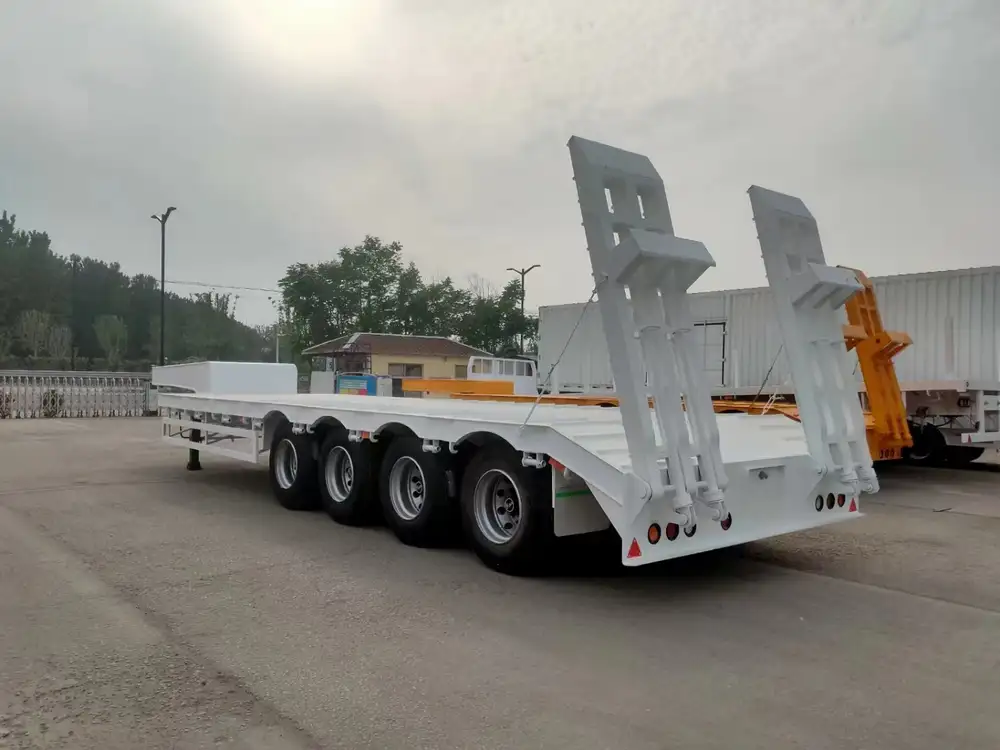
3. Fuel Efficiency
A well-balanced load can enhance fuel efficiency. Reducing excess weight can lead to lower fuel consumption, which is economically and environmentally beneficial.
4. Vehicle Longevity
Overloading a truck can induce undue stress on components like tires, brakes, and suspensions, leading to premature wear and maintenance issues.
Tips for Weighing Your Semi-Trailer Accurately
To ensure an accurate representation of your semi-trailer weight, consider the following methods:

1. Use Public Weigh Stations
Many states have certified weigh stations where truck drivers can obtain accurate weight measurements at little or no cost.
2. On-Site Weigh Scales
Investing in portable or on-site scales allows for continuous monitoring of weight, especially before long hauls.
3. Load Management Systems
Implement load management software that provides real-time data on weight distribution and potential overloads.
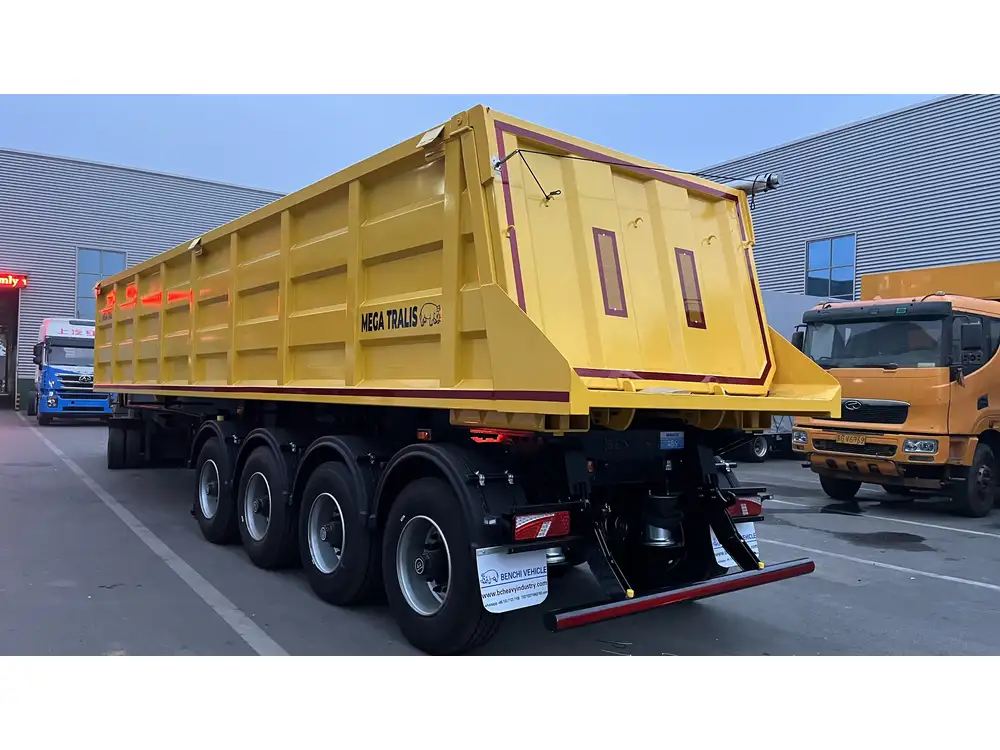
4. Regular Weighing
Frequent weighing at different stages of loading ensures that weight limits are adhered to and adjustments can be made as necessary.
Conclusion: Making Informed Decisions
In conclusion, understanding how much a semi with a trailer weighs is essential for compliance, safety, and operational efficiency. The interplay between the various components of a semi-trailer, the legal weight regulations, and the implications of exceeding those limits paints a comprehensive picture of the importance of weight awareness in the trucking industry.
By leveraging accurate weighing methods and staying updated on regulations, transport managers and drivers can optimize their operations, mitigate risks, and enhance overall productivity. As you continue to navigate the complexities of the trucking landscape, let this guide serve as a reliable resource in your decision-making process. We aim to equip you with the knowledge necessary to make informed choices and promote safe, efficient transport processes across the industry.



